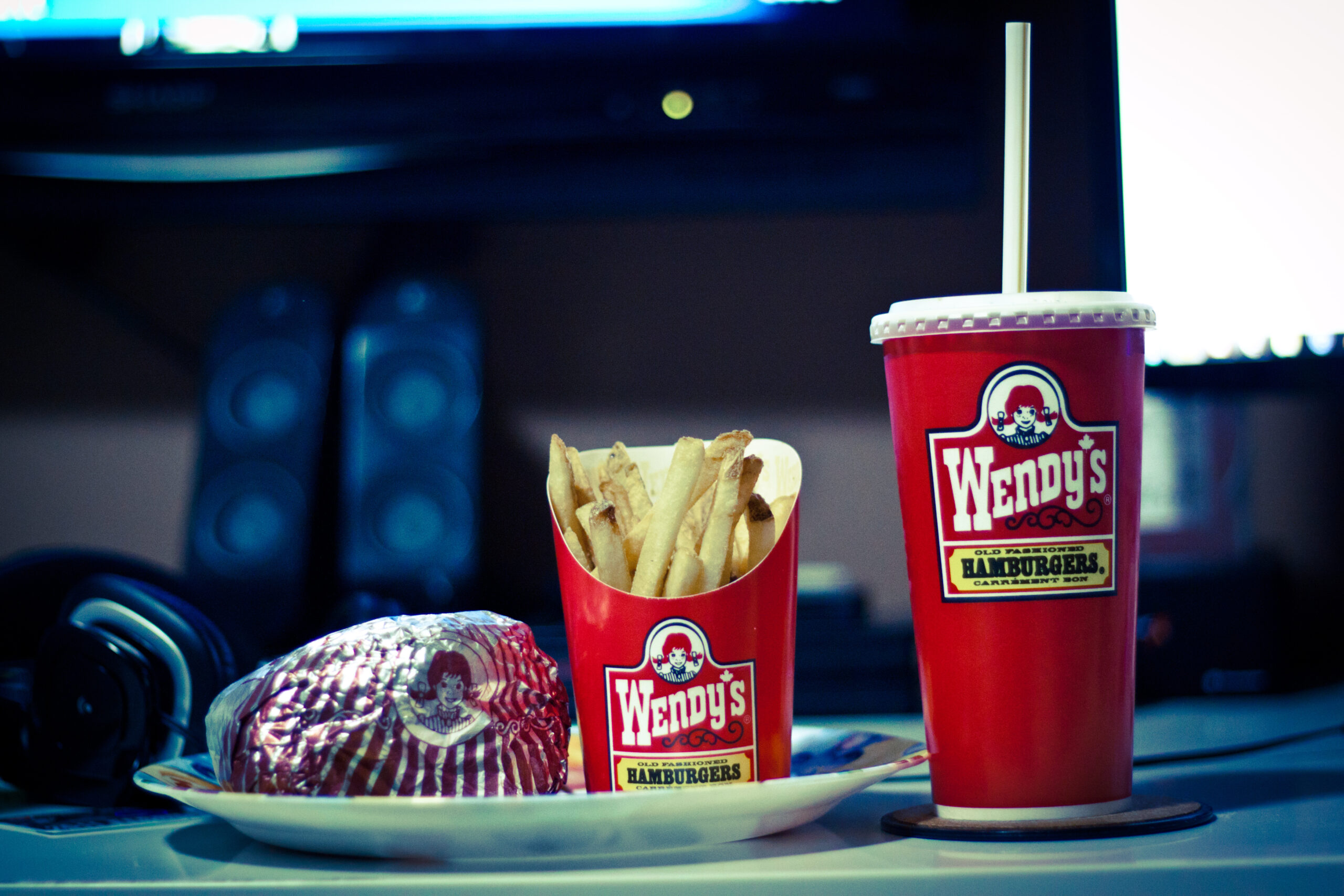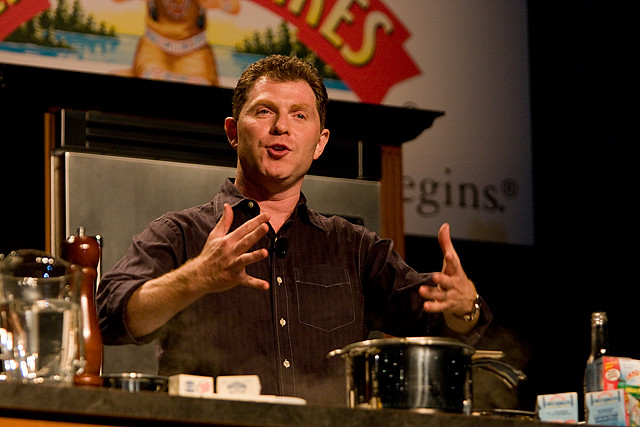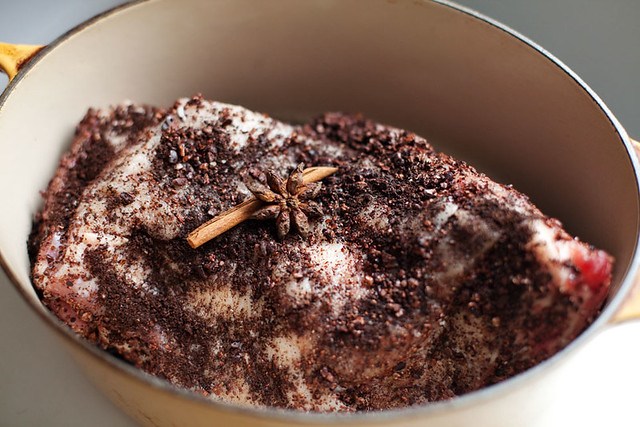Childhood summers taste different when you know the electric blue of your favorite popsicle came from a laboratory rather than nature’s palette. Ninety percent of America’s frozen dessert makers have pledged to eliminate seven artificial dyes by 2028, transforming how we experience the rainbow of flavors that once defined corner store adventures.
The Chemistry of Nostalgia
Behind every unnaturally vibrant scoop lies petroleum-based chemistry that food scientists now question. Red 40, Yellow 5, and their synthetic siblings have painted childhood memories for decades, but research suggests these rainbow makers may trigger hyperactivity in children and allergic reactions in sensitive individuals.
The FDA’s ban on Red 3 after studies linked it to cancer in laboratory animals sent ripples through ice cream parlors nationwide. Where once artificial perfection reigned, manufacturers now embrace the imperfect beauty of plant-based alternatives.
Natural Colors, Authentic Flavors
Gardenia fruit blue marks a breakthrough in natural food coloring, offering manufacturers hope that beloved treats can maintain their visual appeal while shedding synthetic additives. Yet challenges remain—natural dyes cost more and fade faster than their laboratory-created counterparts.
The transition affects more than appearance:
- Allergic reactions and skin irritation decrease.
- Children with ADHD may experience fewer symptoms.
- Flavor profiles shift as manufacturers reformulate recipes.
- Regional ice cream traditions adapt to natural color limitations.
What Changes for Families
Parents navigating frozen food aisles will notice gradual shifts in product appearance as manufacturers embrace earth-toned alternatives. The artificially perfect rainbow of childhood treats gives way to subtler hues that reflect their natural origins—berry purples, turmeric golds, and vegetable-derived greens.
This transformation represents more than regulatory compliance; it signals a cultural shift toward transparency in foods that have long hidden their true colors behind synthetic perfection.


















